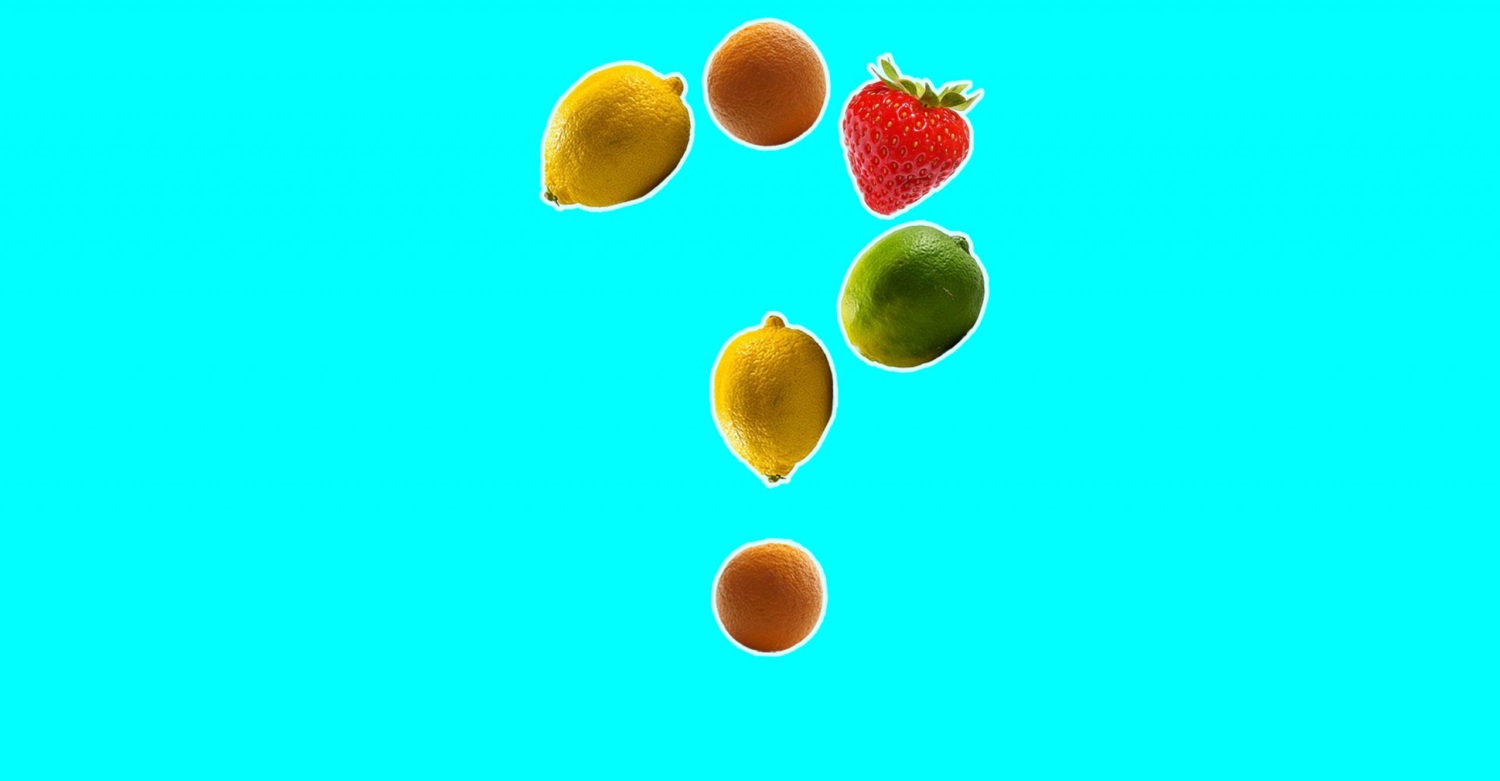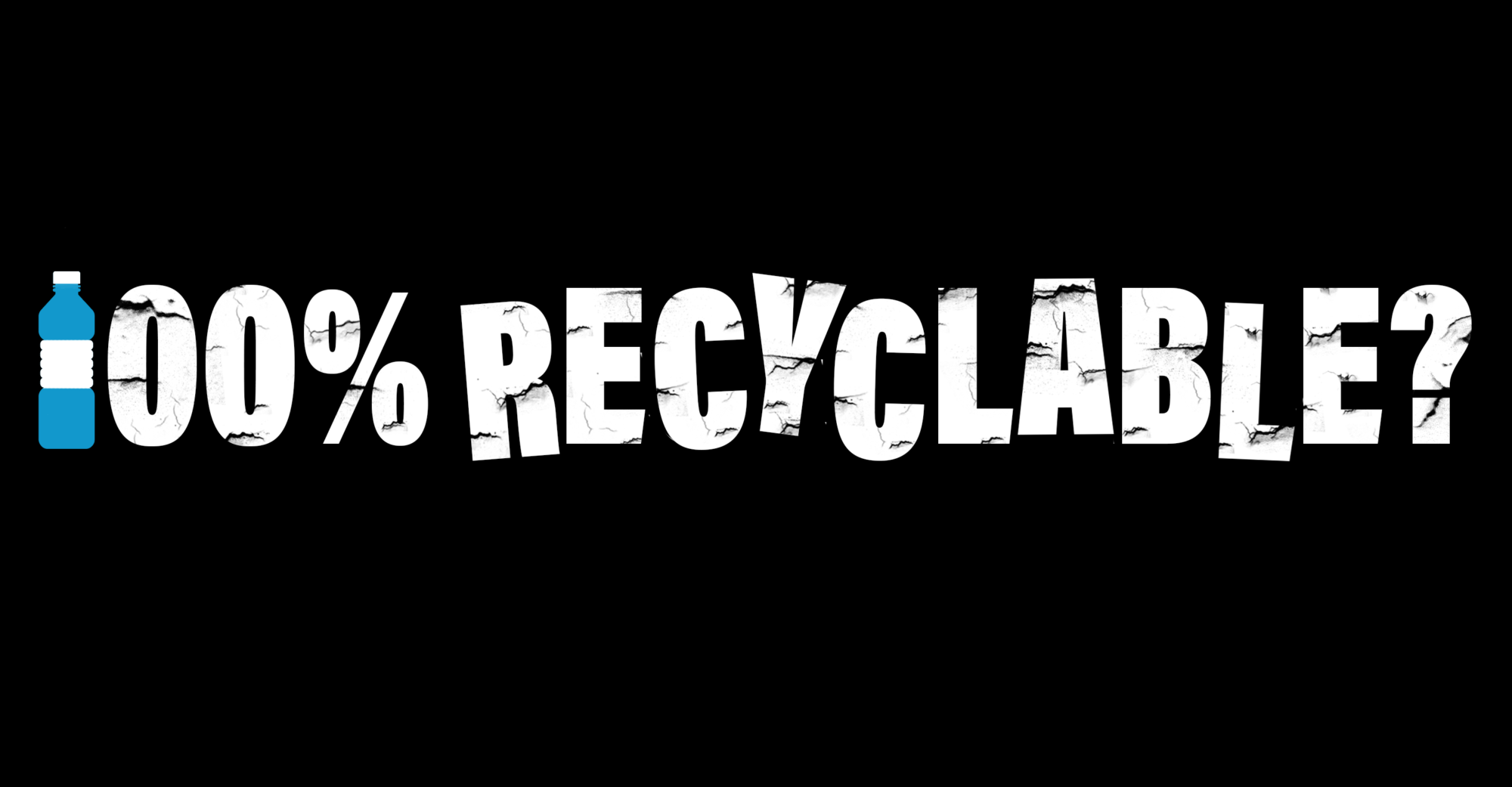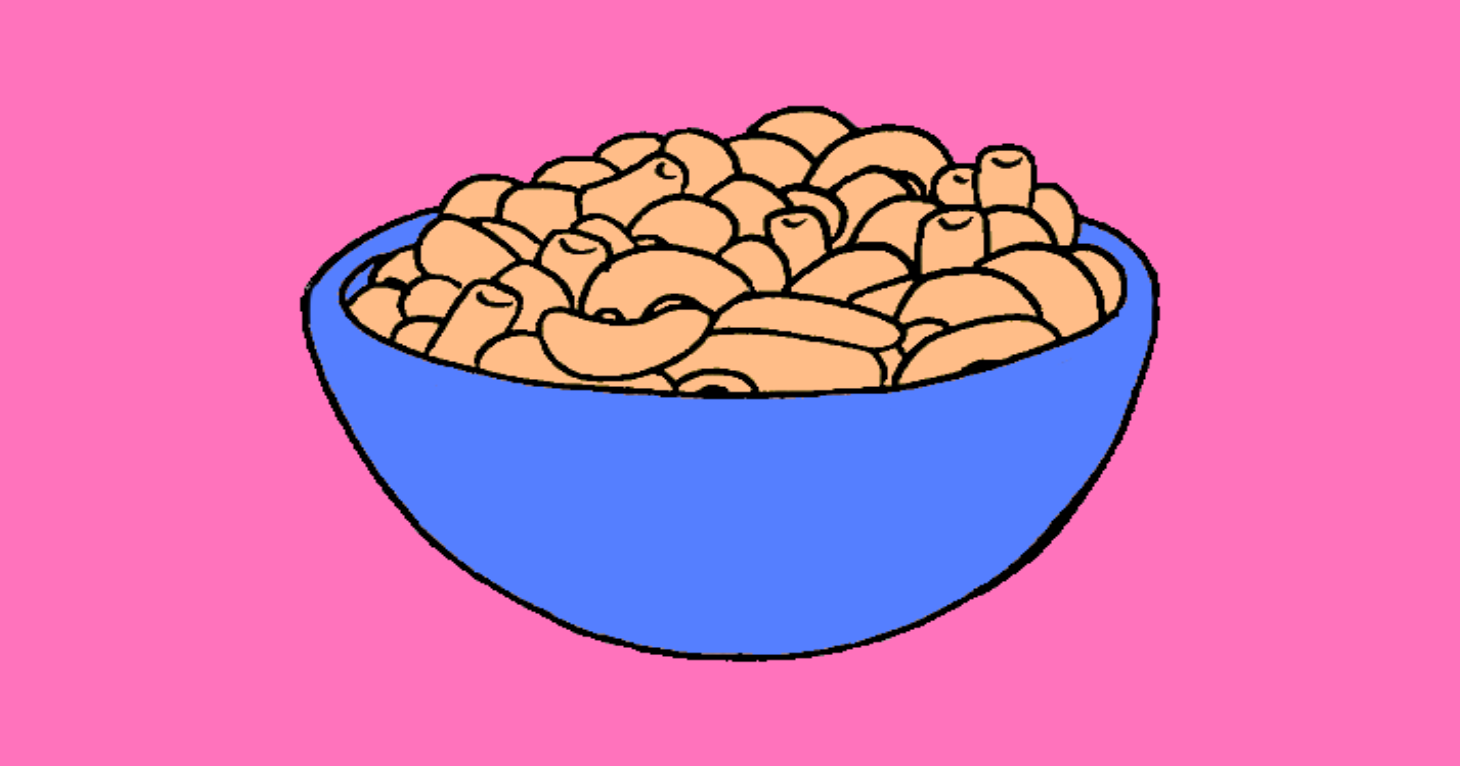
CATrends: What the Fudge?
Lawsuits allege brownie brands and others lack the essential dairy ingredients to call their products fudge.
How much of the real fruit pictured on the label actually makes it in these products?
Slick images of strawberries, lemons, limes, oranges and other wholesome-looking fruit adorn the front labels of a number of popular grocery store items, beckoning consumers with a healthy snack on their shopping list. But how much of the real fruit pictured on the label actually makes it in these products, which also often have the highlighted fruit in their product names? According to a recent trend in class-action litigation, not much.
Instead, the lawsuits allege, the fruit flavor derives from a lab and is the product of mixing real-fruit extracts with additives and solvents, resulting in a “synthesized, stripped-down version” of the fruit depicted on the label. Or in the case of Kashi’s “ripe strawberry” breakfast bars, the gooey strawberry filling “enlarged to show tastiness” on the front label is “mostly made up of pear and apple ingredients,” according to a lawsuit against the company filed in May. The lawsuit cites the ingredients list on the side label, which lists “strawberry puree concentrate” as the fifth most predominant ingredient in the strawberry filling, after pear juice concentrate, tapioca syrup, cane sugar and apple powder.
Other food and beverage brands accused of deceptively marketing where they get their fruit flavor, in violation of state and federal labeling regulations, include Poland Spring (raspberry lime sparkling water), Tostitos (“hint of lime” tortilla chips), and Vizzy (pineapple mango hard seltzer). The lawsuits argue consumers reasonably expect to receive the health benefits of the advertised fruit, but because the fruit ingredient is often natural or artificial flavor (which actually aren’t all that different when it comes to composition), they aren’t getting any of those benefits.
All of the cases above were filed by the same attorney who has previously sued dozens of companies for falsely marketing products as containing vanilla. More recently, this same attorney has sued food manufactures for allegedly misrepresenting that products contain fudge.
Find more CATrends posts here.
Lawsuits allege brownie brands and others lack the essential dairy ingredients to call their products fudge.
Bottled-water brands mislead consumers who want to “do their part” and recycle, class-action lawsuits allege.
Lawsuits against Kraft and Annie’s mac and cheese allege brands fail to disclose harmful chemical ingredients.


